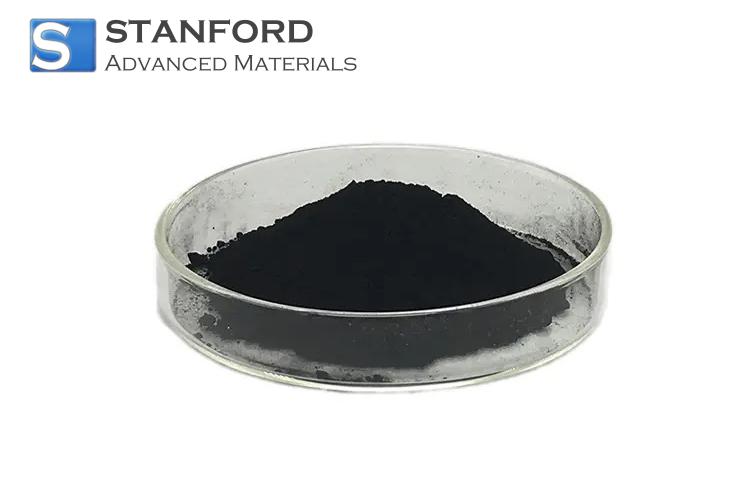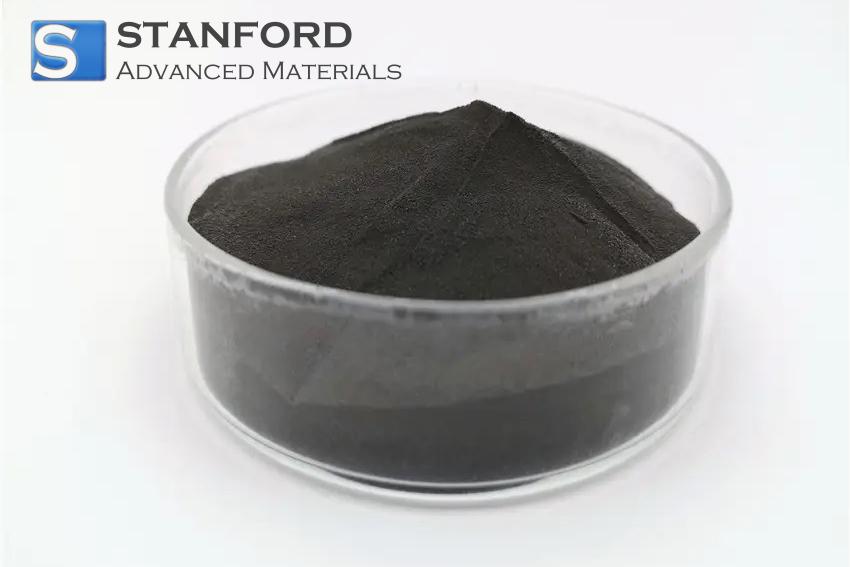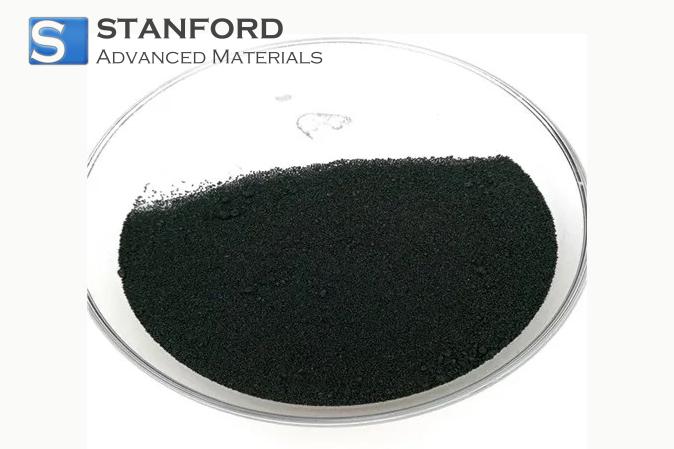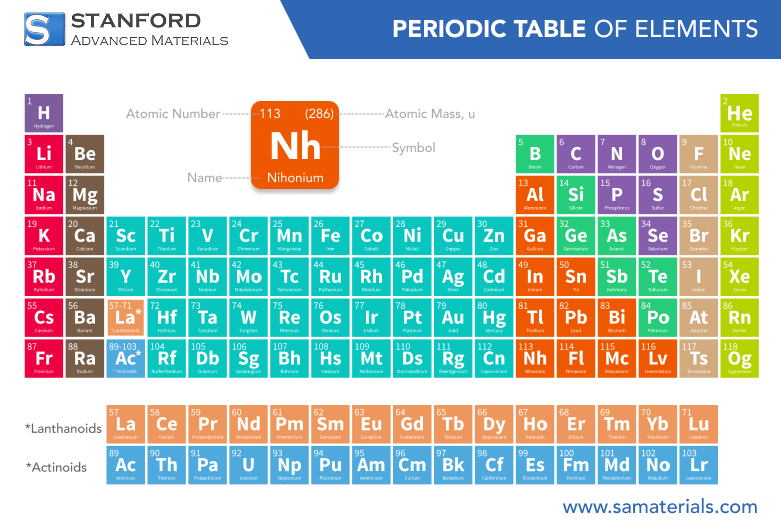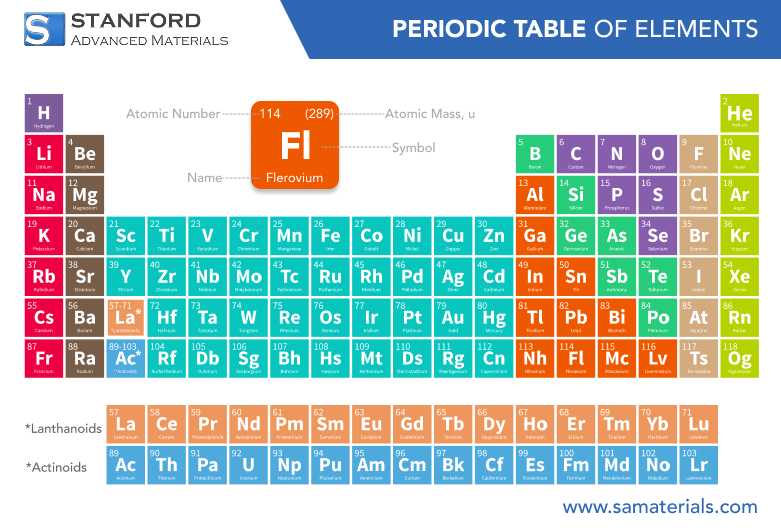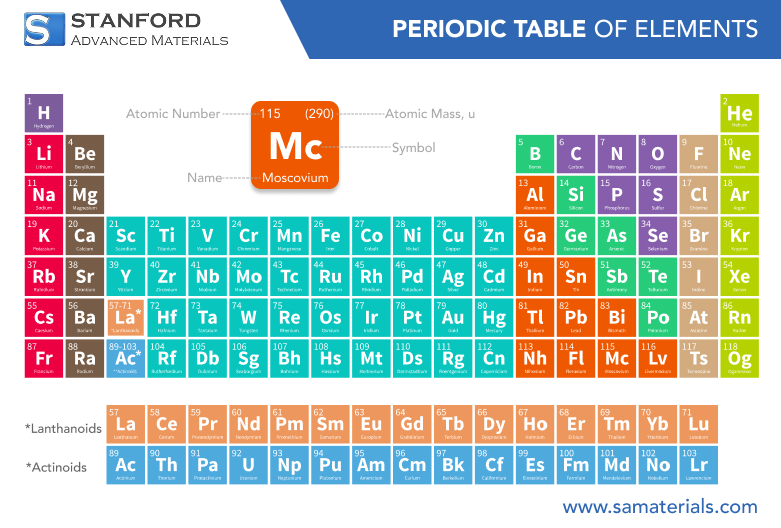Xenon: Element Properties and Uses
Description
Xenon, a rare noble gas with unique chemical and physical traits, is introduced here with insights on its common uses, preparation methods, and related industrial products.
Introduction to the Element
Xenon is an element belonging to the noble gases group and is recognized by its atomic number 54. Although it is present in the Earth’s atmosphere in trace amounts, its distinct characteristics have made it a subject of considerable scientific interest. The element is largely inert, meaning that under standard conditions it does not react with other elements, a property that contributes to its stability and safety in various applications.
Chemical Properties Description
Xenon’s chemical behavior is marked by its low reactivity due to a complete valence electron shell. This configuration results in a minimal tendency to form compounds, which is a typical trait for noble gases.
However, under specific conditions such as high pressures or in the presence of strong oxidizing agents, xenon can form stable compounds with elements like fluorine and oxygen. Compounds such as xenon hexafluoroplatinate have been synthesized and have provided valuable insights into the chemistry of noble gases.
Physical Properties Data Table
Property | Value |
Atomic Number | 54 |
Atomic Weight | 131.29 u |
Melting Point | -111.8°C |
Boiling Point | -108.1°C |
Density (gas) | 5.894 g/L at STP |
Color | Colorless |
For more information, please check Stanford Advanced Materials (SAM).
Common Uses
Xenon is used in a variety of practical applications that benefit from its unique properties. One of the most well-known uses of xenon is in lighting technology. Xenon flash lamps provide bright, instantaneous light and are commonly used in photography, movie projection, and high-speed photography. In addition, xenon arc lamps produce a light that closely mimics natural daylight, which is crucial in applications that require accurate color rendition.
In the field of medicine, xenon is utilized as an anesthetic due to its high solubility in blood and rapid onset of action. Its use in anesthesia is particularly appreciated in situations where rapid recovery is essential. Furthermore, xenon has been applied in medical imaging, particularly in computed tomography (CT) scans and magnetic resonance imaging (MRI), where it improves the quality and contrast of images.
Xenon also plays a critical role in the aerospace industry. It is used as a propellant in ion propulsion systems for satellites and space probes. The high mass and inert nature of xenon make it an ideal choice for producing thrust in environments where conventional fuels would be impractical.
Preparation Methods
Given its low concentration in the Earth’s atmosphere, xenon is not found in large quantities in nature. Its extraction requires sophisticated methods. The primary preparation method involves the fractional distillation of liquefied air. During this process, air is first cooled to extremely low temperatures, allowing it to condense into a liquid. Once in liquid form, the components of air can be separated by their boiling points. Since xenon has a higher boiling point compared to other atmospheric gases, it can be isolated through careful distillation.
Frequently Asked Questions
How is xenon used in lighting?
Xenon is used in flash lamps and arc lamps to produce bright, intense light,
making it ideal for photography, movie projectors, and high-speed imaging.
Is xenon toxic?
Xenon is considered non-toxic and chemically inert; however, its use in high
concentrations should be handled with proper safety protocols in controlled
environments.
How is xenon produced?
Xenon is produced by fractional distillation of liquefied air, where it is
separated based on its boiling point from other atmospheric gases, followed by
additional purification steps.
What compounds can xenon form?
Although xenon is largely inert, it can form compounds with elements such as
fluorine and oxygen under high-pressure conditions, leading to the formation of
stable xenon compounds.
Why is xenon considered rare?
Xenon is rare because it exists only in minute amounts in the Earth’s
atmosphere, and its extraction requires complex, energy-intensive processes to
isolate it from other gases.

